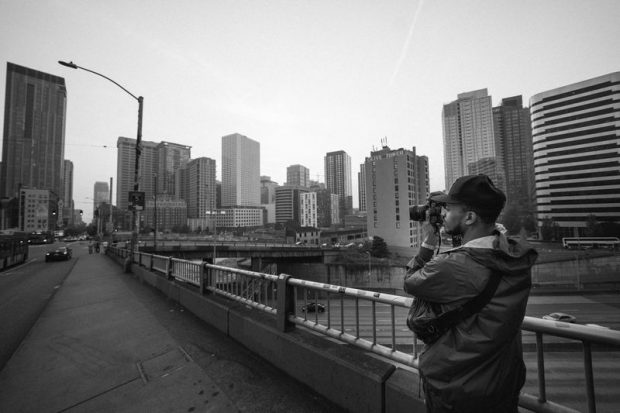Excitement About Framing Streets
Getting The Framing Streets To Work
Table of ContentsThe Best Guide To Framing StreetsIndicators on Framing Streets You Need To KnowThe Single Strategy To Use For Framing StreetsSome Known Factual Statements About Framing Streets Framing Streets Can Be Fun For AnyoneSome Known Details About Framing Streets
Photography genre "Crufts Pet dog Program 1968" by Tony Ray-Jones Street photography (likewise in some cases called candid digital photography) is photography performed for art or query that features unmediated opportunity experiences and arbitrary occurrences within public areas, typically with the goal of capturing images at a decisive or emotional moment by mindful framing and timing. 
Some Known Incorrect Statements About Framing Streets
Susan Sontag, 1977 Road photography can concentrate on people and their behavior in public. In this respect, the road digital photographer is similar to social docudrama digital photographers or photojournalists who additionally work in public areas, yet with the goal of recording relevant occasions. Any one of these digital photographers' photos might catch individuals and residential property noticeable within or from public areas, which often entails navigating moral concerns and regulations of privacy, protection, and property.
Representations of daily public life form a style in almost every duration of world art, beginning in the pre-historic, Sumerian, Egyptian and early Buddhist art periods. Art dealing with the life of the road, whether within views of cityscapes, or as the leading theme, shows up in the West in the canon of the North Renaissance, Baroque, Rococo, of Romanticism, Realistic look, Impressionism and Post-Impressionism.
Not known Factual Statements About Framing Streets
Louis Daguerre: "Blvd du Temple" (1838 or 1839) In 1838 or 1839 the very first picture of figures in the road was tape-recorded by Louis-Jacques-Mand Daguerre in among a set of daguerreotype views extracted from his studio home window of the Blvd du Holy place in Paris. The 2nd, made at the height of the day, reveals an unpopulated stretch of road, while the various other was taken at regarding 8:00 am, and as Beaumont Newhall records, "The Boulevard, so frequently loaded with a relocating bunch of pedestrians and carriages was perfectly solitary, except an individual that was having his boots combed.
His boots and legs were well specified, however he is without body or head, since these were in activity." Charles Ngre, waterseller Charles Ngre. https://businesslistingplus.com/profile/framingstreets1/ was the very first professional photographer to acquire the technological elegance needed to register people in activity on the road in Paris in 1851. Photographer John Thomson, a Scotsman collaborating with journalist and social activist Adolphe Smith, published Road Life in London in twelve month-to-month installations beginning in February 1877
Not known Details About Framing Streets
Eugene Atget is considered a progenitor, not since he was the first of his kind, but as a result of the popularisation in the late 1920s of his record of Parisian streets by Berenice Abbott, who was motivated to take on a comparable documentation of New york city City. [] As the city created, Atget assisted to advertise Parisian streets as a worthy topic for digital photography.

The Framing Streets PDFs
Martin is the very first videotaped photographer to do so in London with a masked video camera. Mass-Observation was a social research organisation established in 1937 which intended to videotape day-to-day life in Britain and to record the responses of the 'man-in-the-street' to King Edward VIII's abdication in 1936 to wed separation Wallis Simpson, and the succession of George VI. The chief Mass-Observationists were anthropologist Tom Harrisson in Bolton and poet Charles Madge in London, and their very first record was generated as guide "May the Twelfth: Mass-Observation Day-Surveys 1937 by over 2 hundred observers" [] Window cleaner at Kottbusser Tor, Berlin, by Elsa Thiemann c. 1946 The post-war French Humanist School digital photographers discovered their subjects on the road or in the bistro. Andre Kertesz.'s widely admired Images la Sauvette (1952) (the English-language version was labelled The Crucial Minute) promoted the idea of taking a picture at what he termed the "crucial moment"; "when type and material, vision and make-up combined right into a transcendent whole" - vivian maier.
Some Known Details About Framing Streets
, after that a teacher of young youngsters, linked with Evans in 193839.'s 1958 book,, was significant; why not check here raw and usually out of emphasis, Frank's photos examined conventional digital photography of the time, "tested all the official regulations laid down by Henri Cartier-Bresson and Pedestrian Evans" and "flew in the face of the wholesome pictorialism and wholehearted photojournalism of American publications like LIFE and Time".